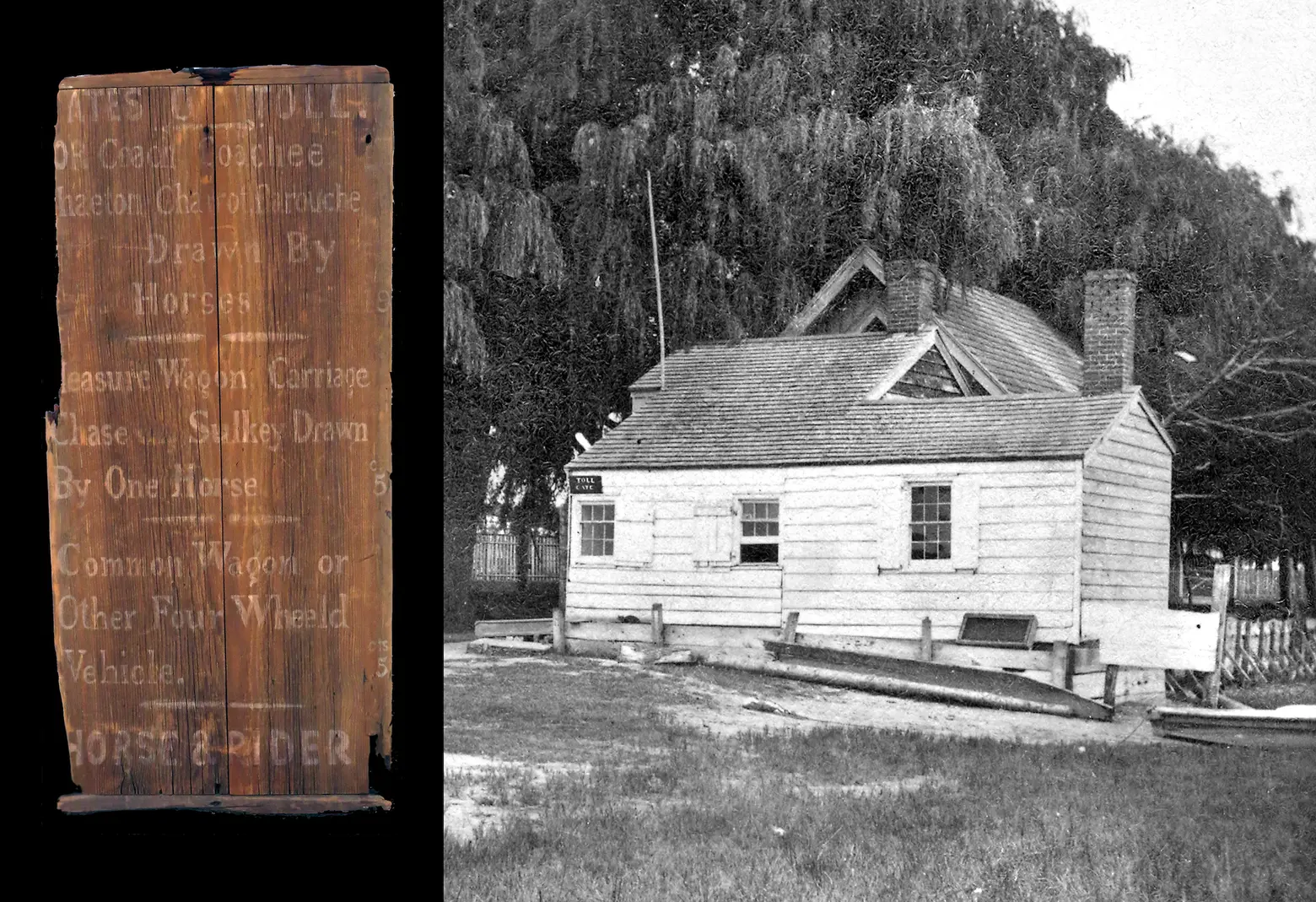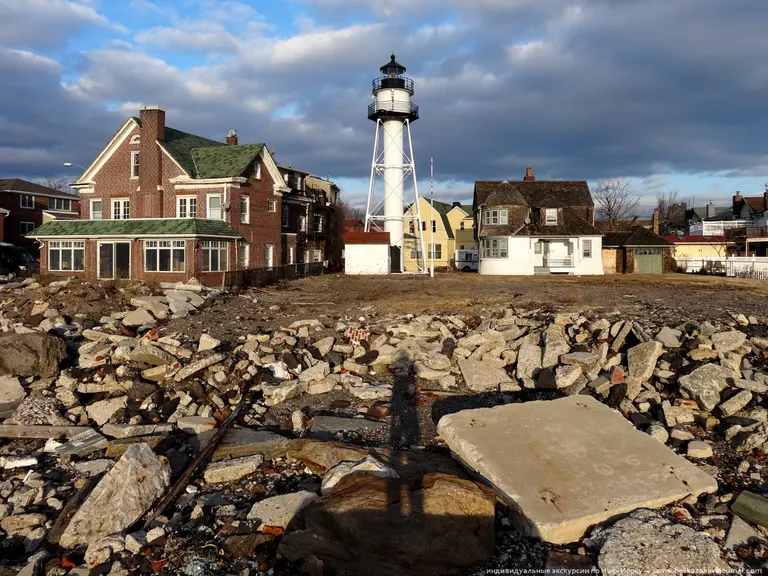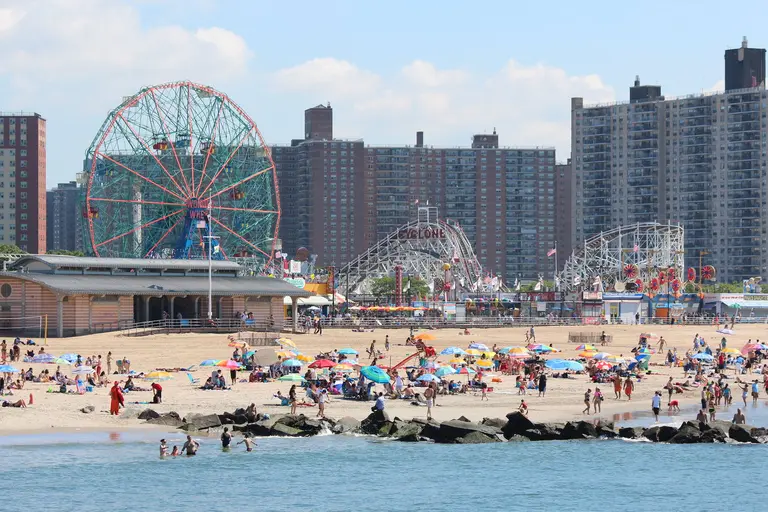Coney Island celebrates 200th birthday by displaying its oldest artifact

Image courtesy of the Coney Island History Project
Celebrate Coney Island’s 200th anniversary by honoring the neighborhood’s oldest surviving artifact this weekend. The Coney Island History Project, located at 3059 West 12th Street next to the entrance to Deno’s Wonder Wheel Park, is displaying the 200-year-old Coney Island Toll House sign from 1823. The artifact will be on view on Saturday, October 28, from 1 p.m. to 5 p.m. Admission is free.
Until 1823, there was no way for the public to access Coney Island. The area began as land that was shared between 39 property owners in the village of Gravesend. Before it was developed, the island was known for its towering sand dunes, salt marshes, beaches, and forests. It was also a popular spot to fish and hunt waterfowl, but before the construction of the Shell Road bridge, it was only accessible by boat, according to the Coney Island History Project.
Gravesend residents formed the Coney Island Road and Bridge Company in March of 1823 to create easier access to the island. To begin, Shell Road was extended by one mile through an expansive salt marsh to a new bridge. Next, a wooden toll house and gate were built on the banks of Coney Island Creek.
Coney Island first opened to the public in the summer of 1823 after the completion of the new bridge and its adjacent toll house at Coney Island Creek and Shell Road. Daniel Morell, who operated the tollbooth after the road first opened, recorded roughly 300 horse-drawn vehicles crossing the bridge. At the time, the toll fare ranged from 5 cents for a horse and its rider to 50 cents for horse-drawn carriages.
In 1829, a wood-frame hotel was erected close to the toll house, and further developers quickly went up around it, leading to Coney Island’s establishment as a popular getaway destination by the 1830s.
The toll house’s sign is the only relic that has survived from when the area was first established.
The sign’s authenticity can be verified. In 1928, a year before the toll house was demolished, the sign was removed from the structure by amusement ride manufacturer William Mangels Jr. and displayed in his father’s amusement museum located a block away on West 8th Street.
That same museum closed down not so long after the sign arrived, and a majority of its contents were sold off. However, the sign remained. In 1964, the relic was sold to folk art collector Frederick Fried, who displayed the sign in his apartment on Riverside Drive. When Fried died, his estate was sold to Nick Zervos, who kept the item in his private collection for decades.
In 2003, Charles Denson, executive director of the Coney Island History Project, was contacted by an antique dealer who said that he had obtained the historic sign after Zervos passed away and was interested in selling it. While Denson couldn’t afford the hefty price tag associated with the item, he contacted Carol Albert, co-founder of the Coney Island History Project, who purchased the sign and had it restored.
Following its restoration, the sign was put on display at the History Project, just a few blocks away from where it first hung 200 years ago.
In case of rain, the sign will be on display on Sunday, October 29 from 1 p.m. to 5 p.m. Learn more about the original Coney Island Toll House sign here.
RELATED:



























